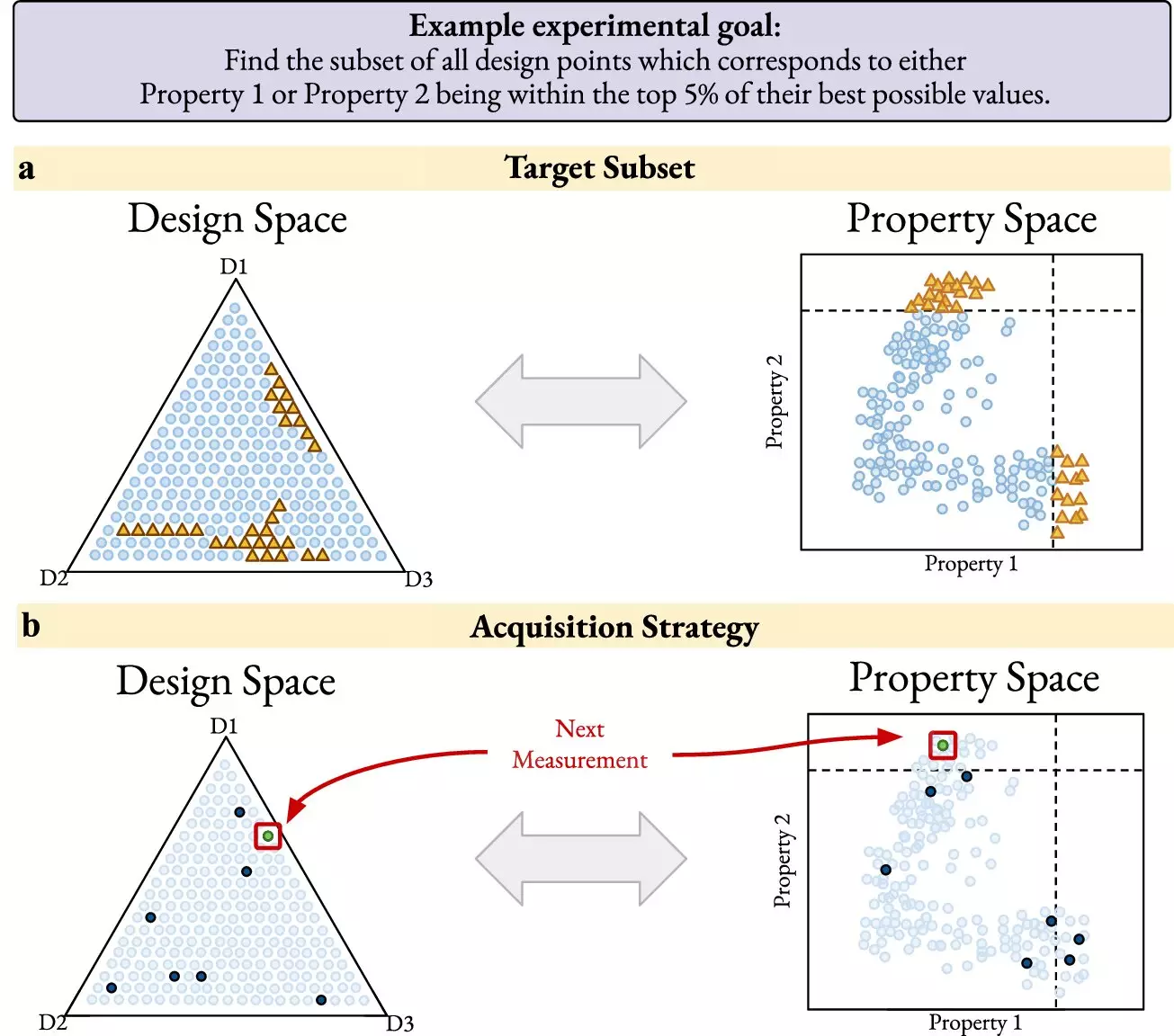The field of materials science is on the brink of a major revolution, thanks to a groundbreaking new AI-based method developed by researchers at the Department of Energy’s SLAC National Accelerator Laboratory and Stanford University. This innovative approach combines expertise in algorithm development, machine learning, and materials science to streamline the process of discovering new materials. By leveraging artificial intelligence, researchers can now navigate complex design challenges with unprecedented precision and speed, paving the way for the rapid discovery of materials that could have profound implications for fields such as climate change, quantum computing, and drug design.
Traditional methods of materials discovery have long been plagued by inefficiency and high costs. The sheer number of possible materials combinations, particularly when it comes to drug design, presents a monumental challenge for researchers. With billions of potential material configurations to sift through, it is simply not feasible to rely on manual trial-and-error methods to identify new materials that meet specific design criteria. This inefficiency has hindered progress in fields where materials play a critical role, such as pharmaceuticals, energy storage, and catalysis.
The Power of AI in Materials Science
The AI-based method proposed in the research published in npj Computational Materials offers a revolutionary solution to the challenges facing traditional materials discovery. By harnessing the power of artificial intelligence, researchers can automate the process of defining parameters for experiments, analyzing data, and iteratively refining their approach based on the results. This “self-driving experiments” framework essentially acts as a virtual assistant for researchers, guiding them through the complex landscape of materials design with unparalleled efficiency and accuracy.
One of the most notable aspects of this new method is its user-friendly and open-source nature. This accessibility allows scientists worldwide to leverage the power of AI in their own research projects, promoting collaboration and innovation on a global scale. The framework, known as Bayesian algorithm execution (BAX), simplifies the process of translating complex design objectives into actionable data acquisition strategies. By automating the optimization process over vast design spaces, researchers can increase the likelihood of discovering novel materials that align with their specific goals.
Implications for Various Industries
The potential impact of this AI-accelerated materials discovery approach extends far beyond the confines of the laboratory. In industries such as manufacturing, healthcare, and energy, the ability to design and identify novel materials with tailored properties could revolutionize processes and products. From more efficient catalytic materials for sustainable chemical processes to advanced drug delivery systems that enhance therapeutic efficacy, the applications of this research are vast and far-reaching. By integrating this framework into experimental and simulation-based research projects, the researchers aim to demonstrate the wide applicability and effectiveness of their approach.
The integration of artificial intelligence into materials science represents a major leap forward in the quest for new and innovative materials. By automating and optimizing the materials discovery process, researchers can accelerate the pace of innovation and unlock unprecedented opportunities for advancements in various industries. The future of materials science is bright, thanks to the power of AI-driven discovery.


Leave a Reply